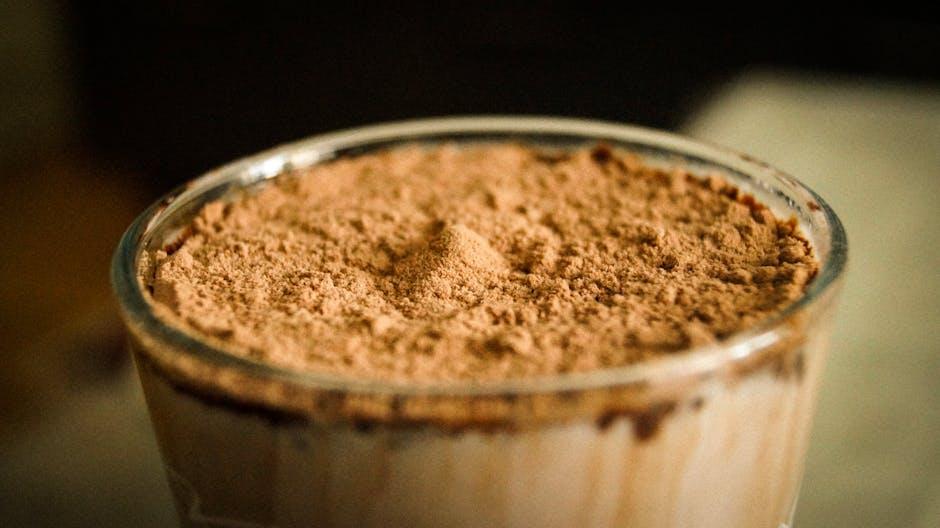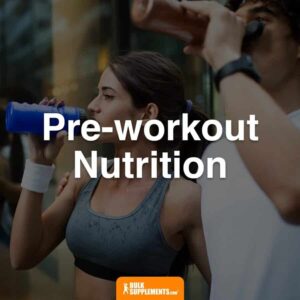In teh vast, frequently enough bewildering world of weight loss, protein powders have emerged as a popular companion on the journey to a healthier lifestyle. For many, these powdered supplements promise not only to aid in achieving fitness goals but also to tantalize the taste buds. but with a myriad of subscription options flooding the market, how do you choose the right one? Are all protein powders created equal when it comes to flavor and the all-important factor of satiety? In this article, we embark on a flavorful expedition, putting various weight loss protein powders to the test. Join us as we explore the nuances of taste and measure the effectiveness of these products in curbing hunger, shedding light on what truly lies behind the labels. Whether you’re a seasoned fitness enthusiast or just starting your journey, discover which subscription options might be worth incorporating into your daily routine.
Evaluating Flavor Profiles of Popular Protein Powder Subscription Brands
In the realm of protein powder subscriptions, flavor is not just an afterthought; it can considerably influence your overall experience and adherence to a weight loss regimen.Popular brands like MyProtein, Optimum Nutrition, and trifecta have distinct profiles that cater to diverse palates. Here’s a snapshot of flavor offerings and what you can expect from each:
- MyProtein: Known for its extensive flavor range, options like Chocolate smooth and Salted Caramel are often highlighted for their rich taste, making it easier to mix them into smoothies or just water without feeling bored.
- Optimum Nutrition: With classics like Vanilla Ice Cream and Cookies & Cream, this brand appeals to those looking for familiar and comforting flavors.
- Trifecta: Emphasizing natural ingredients, their flavors like Strawberry Banana and Chocolate Mint offer a refreshing twist that stands apart from the artificial aftertaste found in some competitors.
When it comes to satisfaction, the mouthfeel and texture of a protein powder can greatly contribute to the feeling of fullness it provides. Here is a brief overview of the satiety factor each brand offers:
| Brand | Texture | Satiety Rating (1-5) |
|---|---|---|
| MyProtein | Smooth & Creamy | 4 |
| Optimum nutrition | Silky & Thick | 5 |
| Trifecta | Light & Frothy | 3 |

Understanding the Role of Protein in Satiety and Weight Management
Protein plays a crucial role in the body’s effort to control hunger and promote a feeling of fullness. When consumed, protein has a higher thermic effect compared to fats and carbohydrates, meaning it requires more energy to digest. This metabolic boost can enhance satiety signals, effectively curbing cravings and reducing the overall caloric intake. Additionally, protein influences the release of hormones such as peptide YY and glucagon-like peptide-1, both of which contribute to feelings of fullness.Incorporating adequate protein into your meals can make it easier to stick to a weight management plan and resist unhealthy snacking.
Moreover,the *quality* and *source* of protein can significantly affect satiety levels. Different types of protein powders, such as whey, casein, and plant-based options, may vary in their effectiveness for weight management. For instance, whey protein is rapidly digested and can spike insulin levels, while casein is digested slowly, providing a more prolonged sense of fullness. Here’s a speedy comparison of popular protein powders and their characteristics:
| Protein Type | Digestion Rate | Source | Best For |
|---|---|---|---|
| Whey Protein | Fast | Dairy | Post-Workout |
| Casein Protein | Slow | Dairy | Nighttime Use |
| Pea Protein | Moderate | Plant-Based | Vegetarians/Vegans |
| Brown Rice Protein | Moderate | Plant-Based | Allergen-Friendly |
Understanding how these varying proteins work can aid in selecting the right one for achieving your weight management goals. It’s essential to combine protein intake with other dietary elements in a balanced manner, enhancing overall health while also ensuring that flavorful flavor is not compromised. Therefore, knowing how protein contributes to satiety empowers consumers to make informed choices about their protein powder selections, particularly in subscription services that cater to diverse tastes and nutritional needs.

A Comparative Analysis of Nutritional Value Across Subscription Options
When evaluating the nutritional value of various subscription options for weight loss protein powders, it’s essential to focus on key components such as protein content, caloric value, and macronutrient distribution. Some popular brands offer distinct formulations that cater to different dietary needs. As an example, one option may boast a high-protein, low-carb formula ideal for keto dieters, while another might focus on a balance of macros for those seeking a more moderate approach. The following are important factors to consider:
- Protein Source: Is it sourced from whey,plant-based,or a blend?
- Sweeteners: Are there artificial sweeteners or is it naturally sweetened?
- Additional Ingredients: Do they include vitamins,minerals,or other functional ingredients?
To provide a clearer picture,here’s a comparative analysis of the protein content and nutritional profiles of selected subscription options:
| Brand | Protein (g) | Calories | Carbs (g) | Fat (g) |
|---|---|---|---|---|
| Brand A | 25 | 120 | 2 | 1 |
| Brand B | 20 | 100 | 5 | 2 |
| Brand C | 30 | 150 | 4 | 3 |
This table highlights the varying nutritional values of protein powders,allowing consumers to make informed choices based on their dietary goals. Moreover, consumers should also account for the satiety factor associated with each product, as different formulations can affect how full one feels post-consumption. Exploring user reviews and taste tests can provide additional insights into which subscription options deliver both taste and satisfaction.

expert recommendations for Choosing the Right Protein Powder for Your Needs
When selecting the ideal protein powder for weight loss, it’s essential to consider factors that align with your specific nutritional needs and taste preferences. Type of protein is a primary consideration; options such as whey, casein, pea, and hemp each offer unique benefits. If you’re lactose intolerant,plant-based proteins might potentially be more suitable. Additionally, look for powders low in added sugars and artificial ingredients to avoid unnecessary calories. Pay attention to the serving size and protein content, ensuring it fits your daily macro goals.
another important aspect is the taste and texture of the protein powder. Many brands provide sample sizes, which can help in making a decision without committing to a large tub. When testing flavors, consider how they mix in different liquids such as water, almond milk, or smoothies, as this can significantly affect the overall experience. Here’s a brief comparison table to help you evaluate different protein powder subscription options based on taste, mixability, and satiety:
| Brand | Taste | Mixability | Satiety Scale (1-10) |
|---|---|---|---|
| Brand A | Chocolate Delight | Excellent | 8 |
| Brand B | Vanilla Dream | Good | 7 |
| Brand C | Strawberry Bliss | Average | 6 |
| Brand D | Mixed Berry | Poor | 5 |
Concluding Remarks
navigating the world of weight loss protein powders can be a daunting task, especially with the multitude of subscription options available. our taste test and satiety comparison provide valuable insights into the flavors and effectiveness of various products on the market. Whether you prioritize taste, texture, or how full a product keeps you, the right protein powder can play a crucial role in your weight loss journey.
As you explore subscription options, consider your personal preferences, lifestyle, and dietary needs. With a little experimentation,you can find the perfect blend that not only satisfies your taste buds but also supports your health goals.Remember,every journey is unique,and your path to wellness should be too.Happy experimenting and may your choices nourish both body and spirit!






